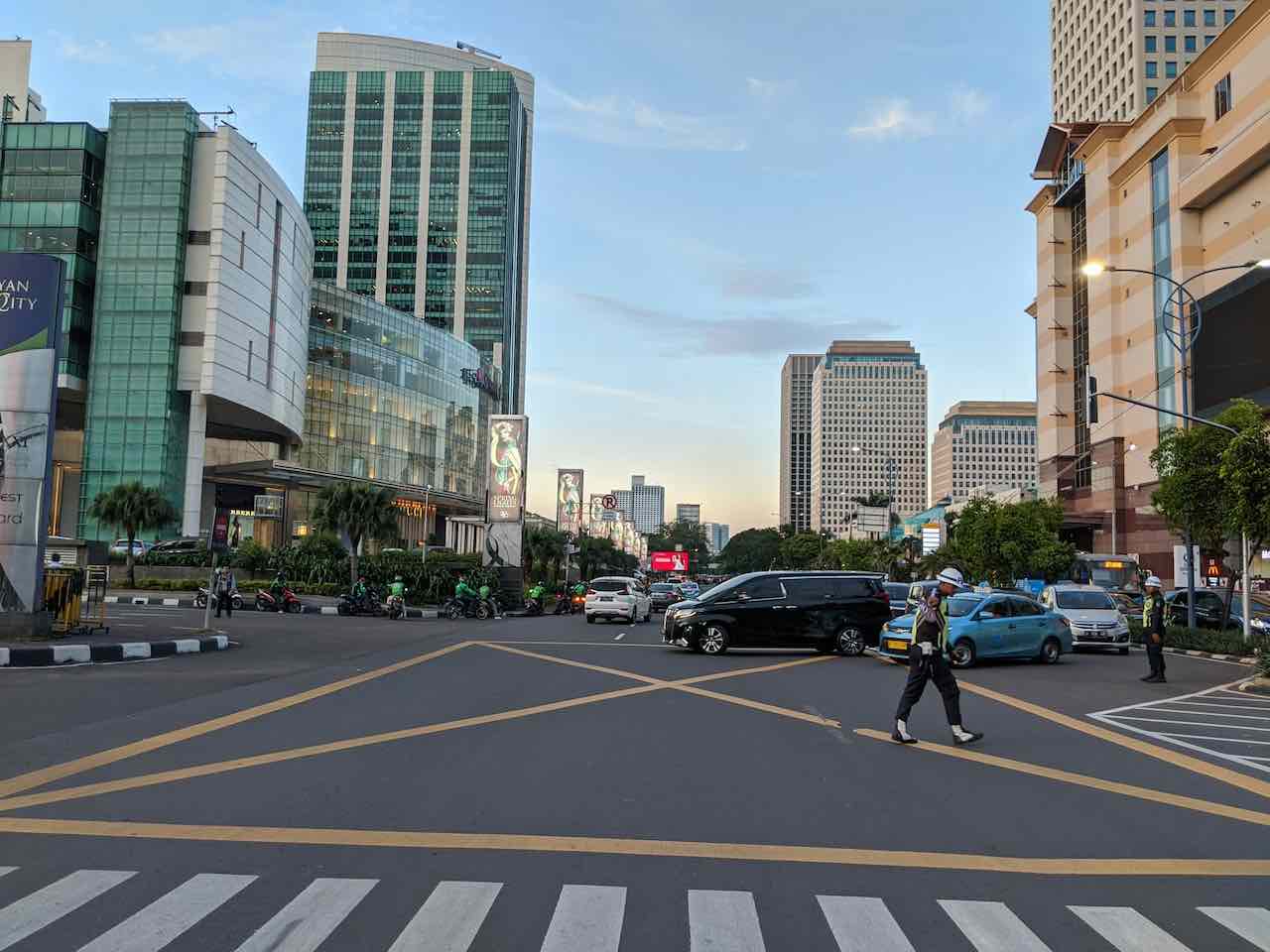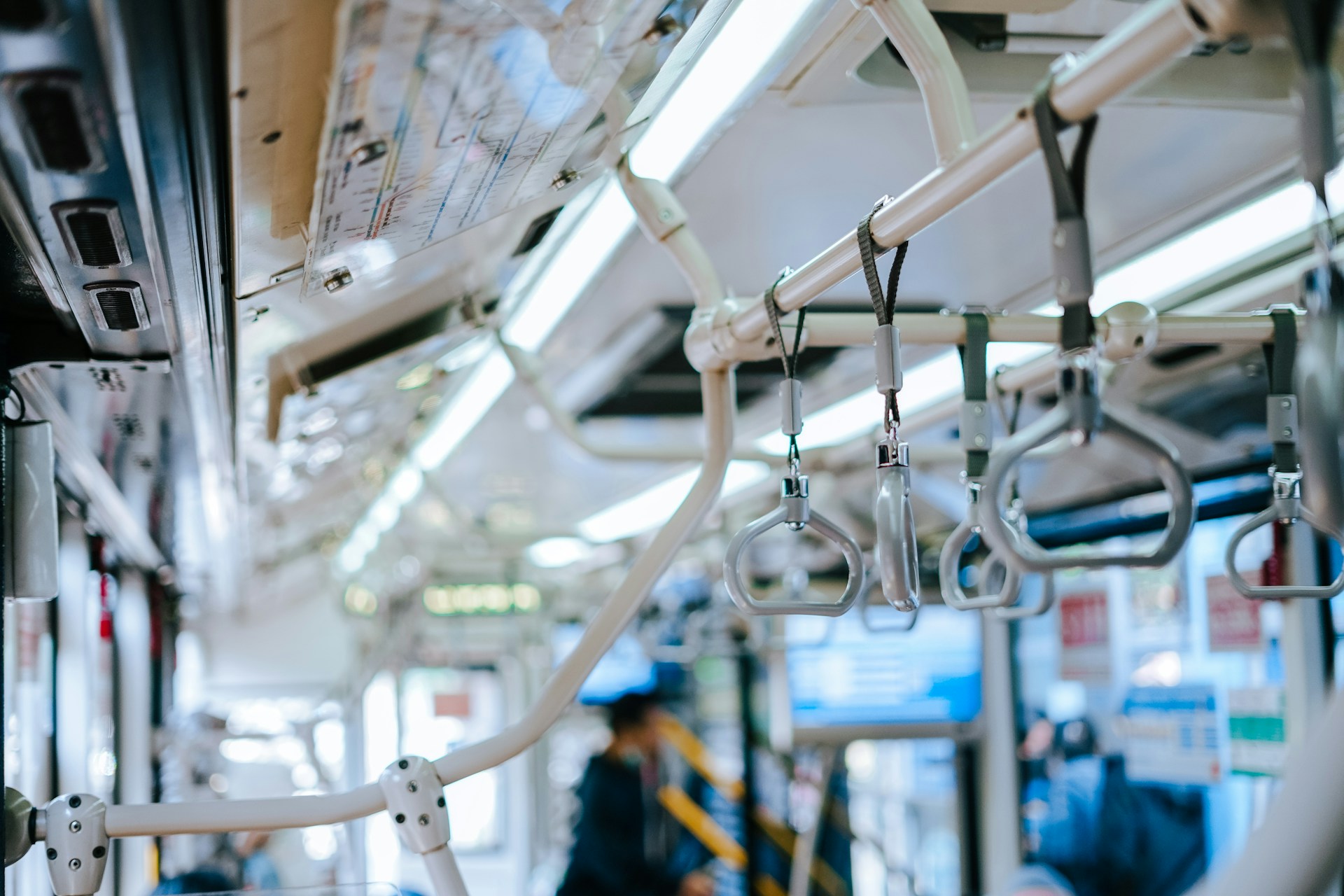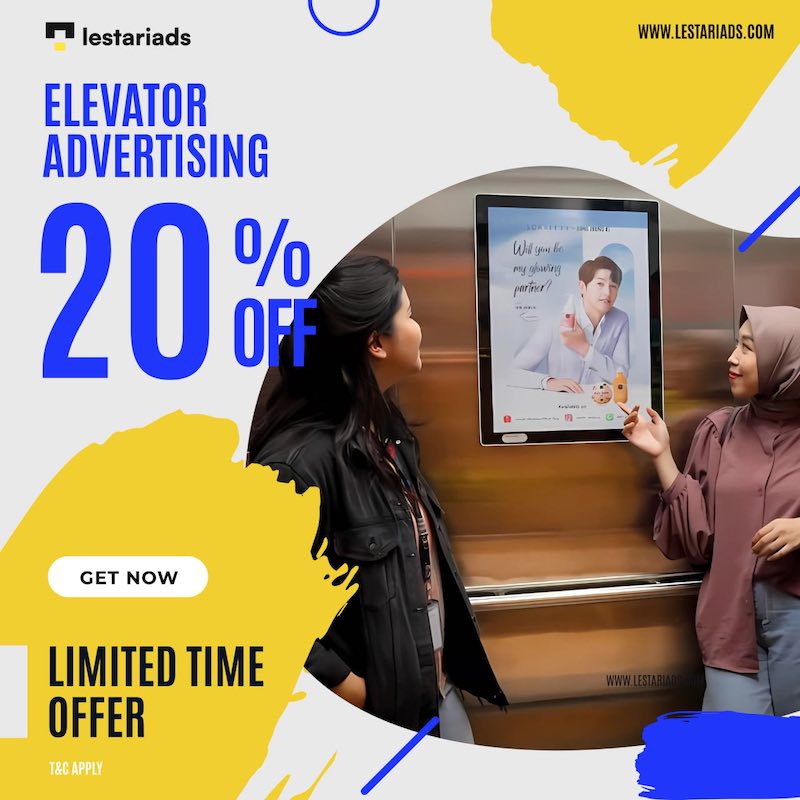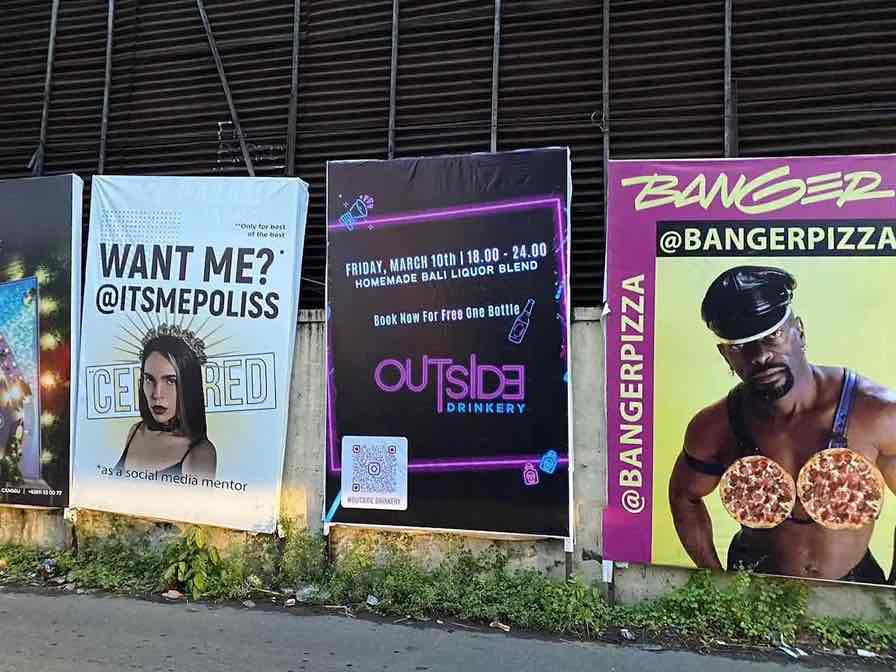
Introduction
Transit advertising in Jakarta is an incredibly powerful medium that leverages the city’s bustling transportation network to deliver impactful messages to a diverse and constantly moving audience. This article explores the effectiveness of transit advertising in Jakarta, providing insights into its benefits, unique features, and successful campaigns.
Why Transit Advertising?
Transit advertising encompasses various formats such as bus wraps, train station posters, and digital displays inside vehicles. It’s an ideal method for reaching commuters who spend significant time traveling across the city. The key advantages include:
1. High Visibility: With millions of daily commuters, transit ads have unparalleled visibility. They are seen by a broad audience, including pedestrians, drivers, and passengers, making them highly effective for brand exposure.
2. Geographic Targeting: Transit ads allow precise geographic targeting. Brands can choose routes and locations that align with their target demographic, ensuring their message reaches the right people.
3. Frequency and Repetition: Regular commuters see the same ads multiple times, reinforcing brand recall and increasing the likelihood of action.
Unique Features of Transit Advertising in Jakarta
Jakarta’s transit system includes buses (TransJakarta), commuter trains (KRL), and the MRT. Each offers unique advertising opportunities:
1. TransJakarta Buses: With dedicated lanes, these buses avoid much of Jakarta’s notorious traffic, ensuring that ads on them are visible for extended periods. Bus wraps and interior ads target daily commuters and road users.
2. KRL Commuter Line: Serving suburban and urban areas, KRL trains connect Jakarta with surrounding cities. Station posters, train wraps, and digital screens provide extensive coverage, particularly during peak hours.
3. MRT Jakarta: The MRT, relatively new, has become a vital part of Jakarta’s transit system. Its modern stations and trains are equipped with high-tech digital advertising screens, offering dynamic and engaging ad formats.
Successful Transit Advertising Campaigns
1. E-commerce Giants Go Big
E-commerce platforms like Tokopedia and Shopee have utilized transit advertising to boost brand visibility and promote special sales events. By wrapping entire buses and trains, these companies create moving billboards that dominate the cityscape.
2. Public Health Campaigns
During the COVID-19 pandemic, the Indonesian Ministry of Health launched a widespread campaign using transit ads to disseminate vital health information. Posters and digital screens in buses and trains educated the public on safety measures, reaching millions daily.
Measuring Success
The effectiveness of transit advertising can be measured through various metrics:
1. Reach and Frequency: Tracking the number of commuters on specific routes gives a clear picture of audience size.
2. Engagement: Surveys and digital interactions (QR codes, hashtags) help gauge how actively commuters engage with the ads.
3. Sales Uplift: Brands often see a direct correlation between transit ad campaigns and increased sales or service usage.
Challenges and Considerations
While transit advertising in Jakarta offers immense potential, it also presents challenges:
1. Regulatory Compliance: Advertisers must navigate local regulations to ensure their ads comply with city guidelines.
2. Creative Execution: High-impact designs are crucial. Ads must be visually appealing and easily digestible within the short time commuters spend viewing them.
3. Competition for Attention: With numerous ads vying for attention, standing out requires creativity and strategic placement.
Conclusion
Transit advertising in Jakarta is a dynamic and effective way to reach a large, diverse audience. By leveraging the city’s extensive transit network, brands can achieve high visibility, engage a captive audience, and drive significant results.













